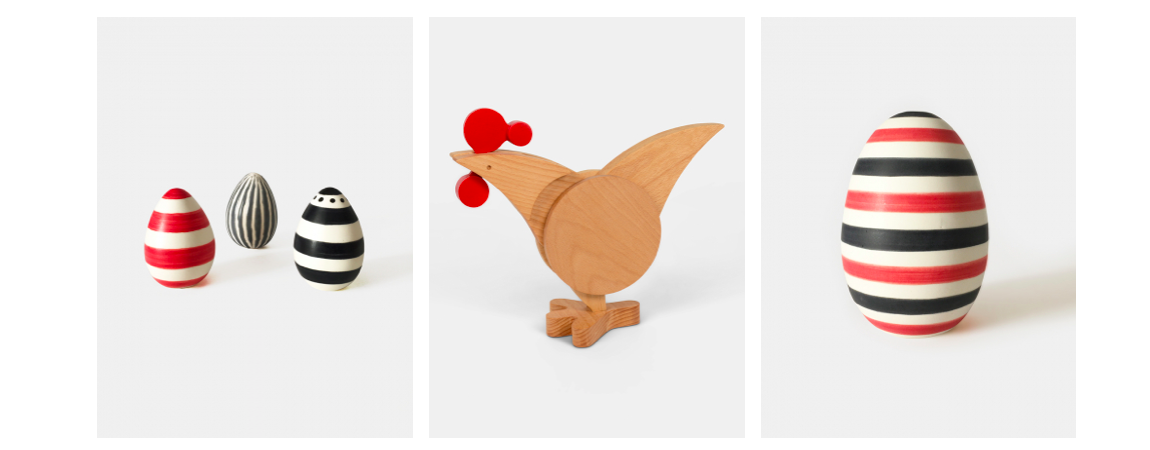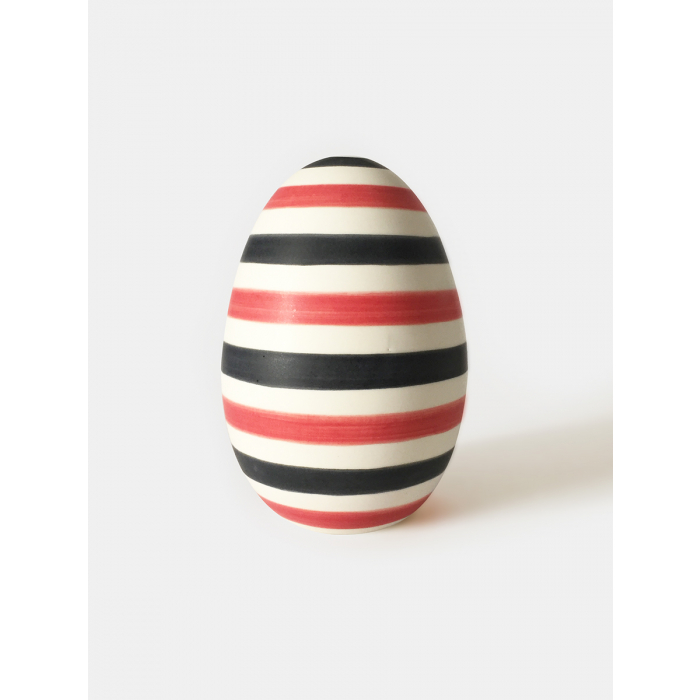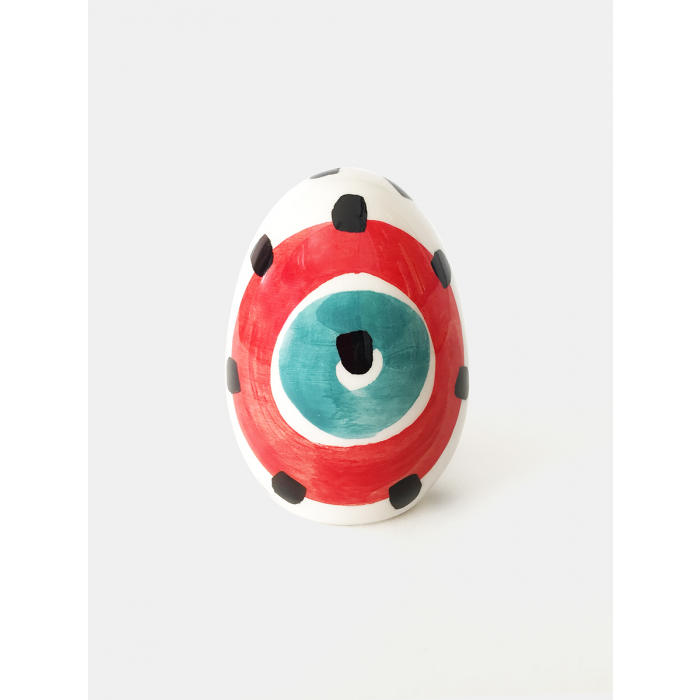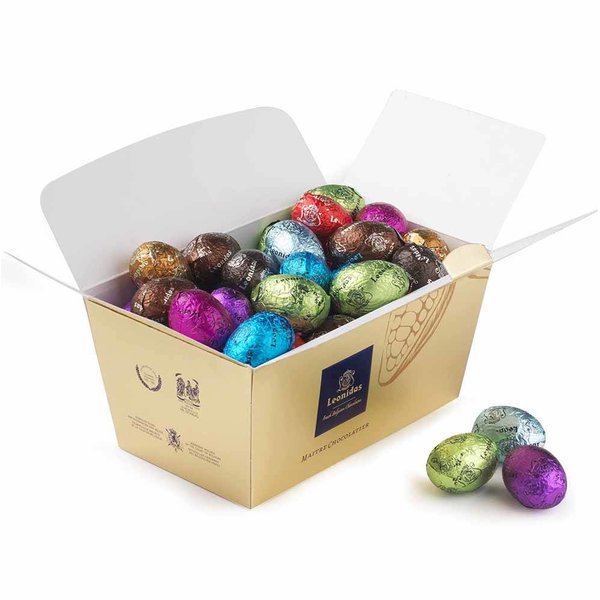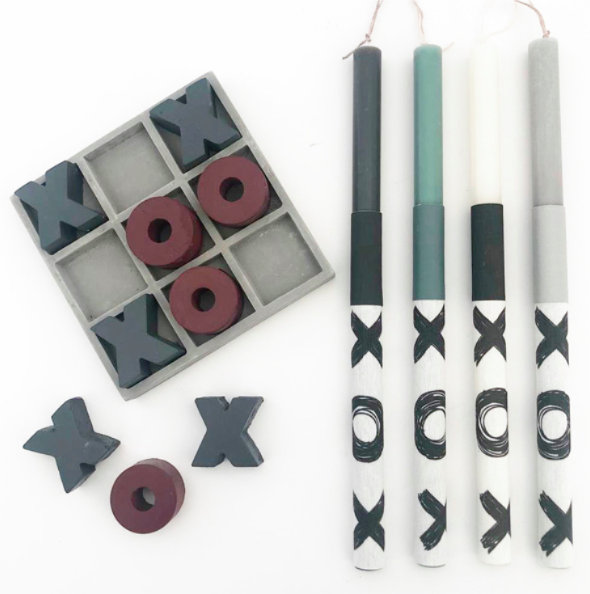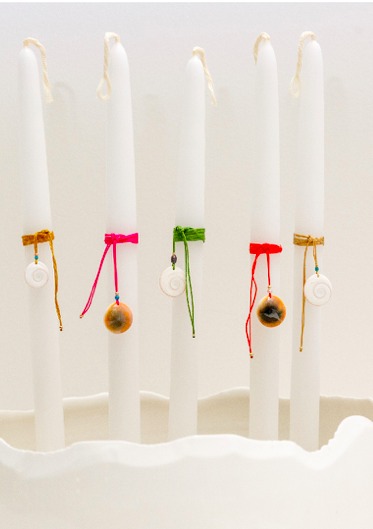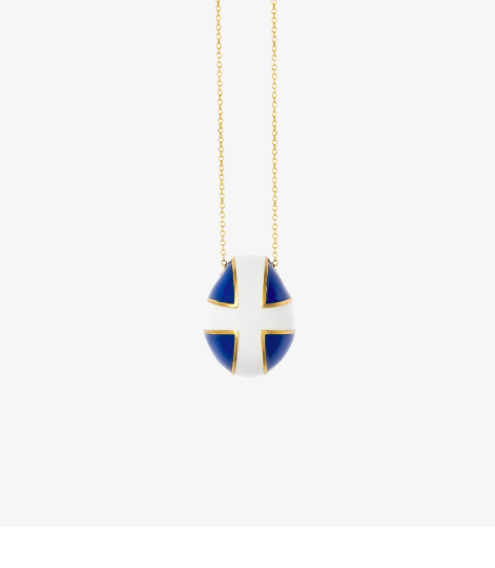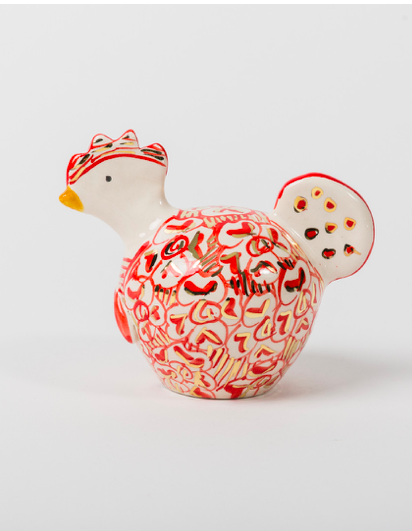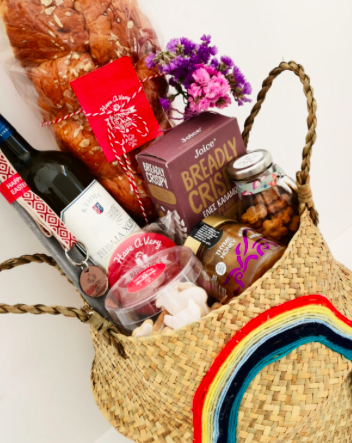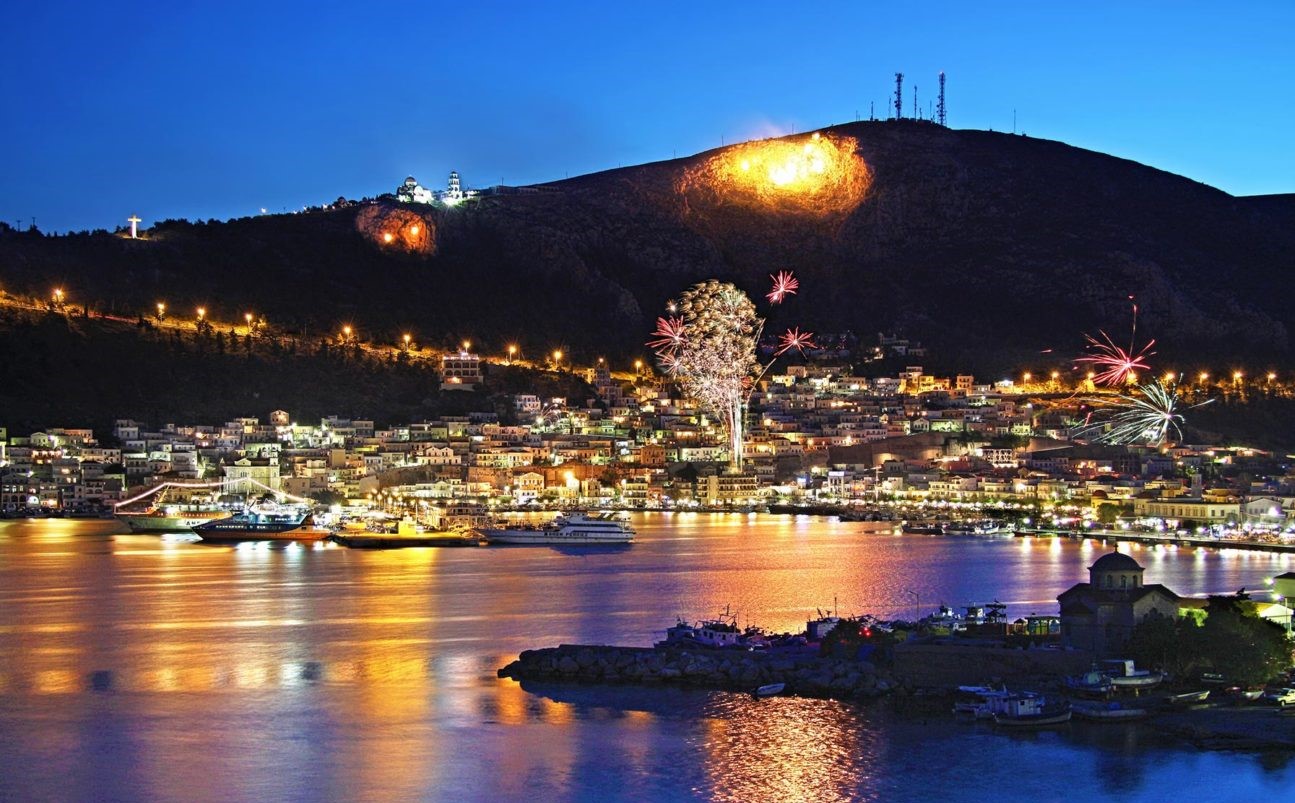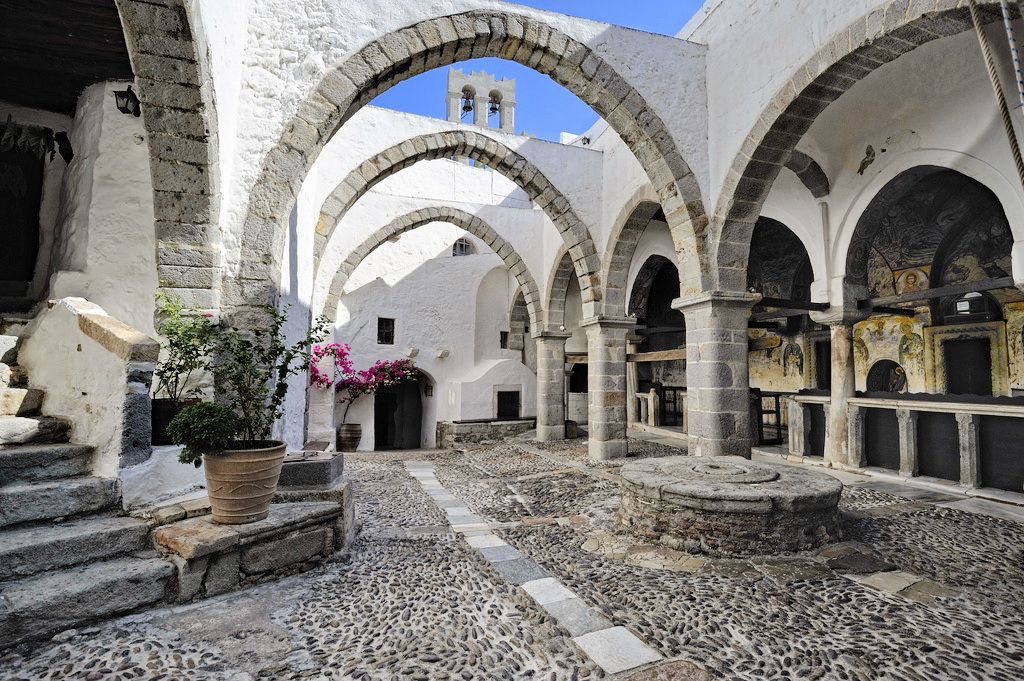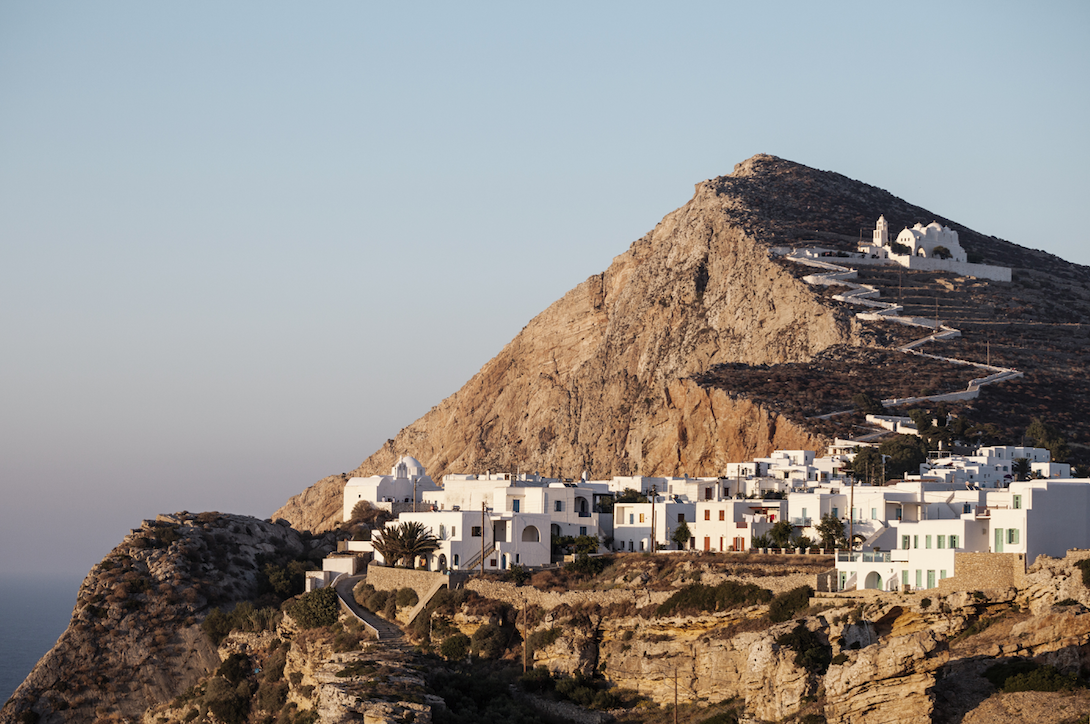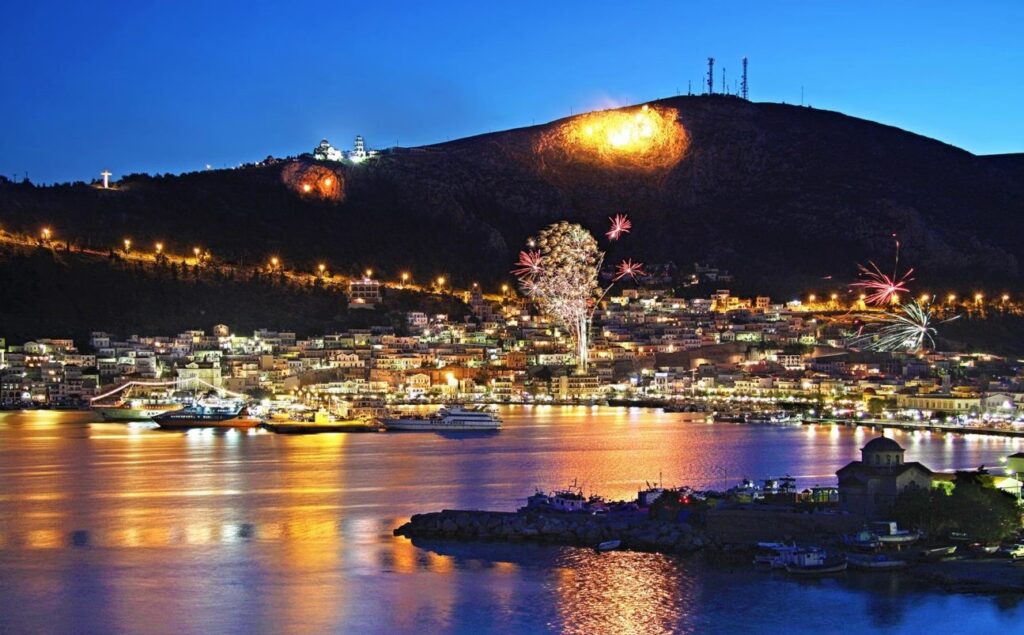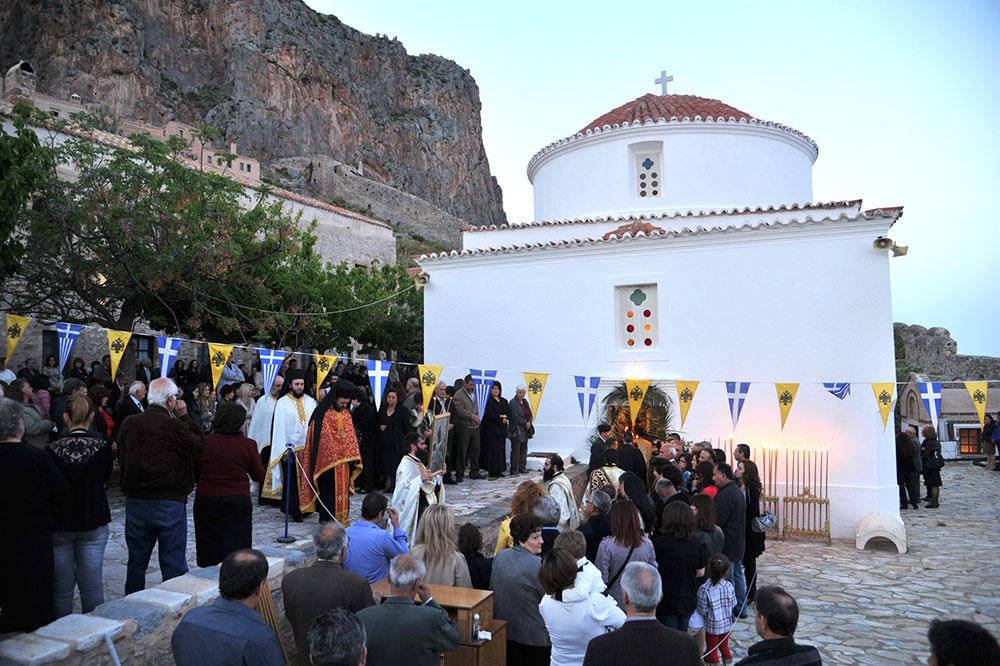Easter is nearly upon us once again and as with any holiday it sets new conundrums for wine pairing. It seems that no sooner has the dust of the busy Christmas and New Year period settled, we are again arranging for our Easter festivities and deciding on menus and most importantly, wine lists; just how are we going to pair these for our celebratory table?
During childhood, Christmas is easily everyone’s favorite season. And why not, there’s Santa Claus and gifts; traditional desserts, reindeer, and snowmen. But as one grows older and wiser, it dawns on every Christian that Easter is indeed the core event of the Christian experience.
The very foundation of Christianity revolves around the Holy Week (which starts on the Sunday preceding Easter). Unlike Christmas, which has become more about offering gifts than commemorating the humble incarnation of Christ, Easter still retains the very essence of the faith. After the 40-day period of Lent, which includes abstinence — from meat, fish, dairy, alcohol, and smoking — and days of fasting and prayer, Easter is celebrated with a feast.

Lent fasting ends on Holy Saturday with the Resurrection where we all gather at home to crack each other’s red-dyed egg and enjoy a dish of the hearty, viscous and sweet-smelling magiritsa, which is a Greek traditional soup whose main characteristics are the aromas of fennel, dill and the sour taste, that match respectively to a glass of wine with good acidity and rich aromas.
Personally, I would choose an Assyrtiko from the beautiful island of Santorini, which affords some of the best and most notable versions of the grape. The “Santorini” of Argyros Estate with its full body and “aggressive” acidity, will penetrate the greasiness of the dish, refreshing the mouth and balancing at the same time the lemonish character of the soup. Alternatively, the “Santorini” of Sigalas Estate or the “34” of Karamolegos Winery will fit with our magiritsa ideally.
The lunch table on Easter Sunday consists mainly of lamb or goat cooked in the oven or grilled and kokoretsi. Kokoretsi consists of lamb or goat organ meats like intestines, lungs, liver and sweetbreads. All the above dishes call for wines with a rich body, intense acidity to break down the fattiness of the meat and noticeable tannins to bind to the protein.

“Chateau Julia Agiorgitiko” from Domaine Costa Lazaridi is a rich and elegant wine. There is cassis, sour cherry, chocolate, baking spices, and cedar on the nose. The palate is straight-up fruit with a sleek balance between flavor and feel. It is a carefully crafted medium-bodied wine with a long finish. It will match perfectly with the kokoretsi dishes.
The main dish of the Easter menu meal is the lamb of course either roasted in an oven or grilled on a charcoal barbecue. Lamb meat is juicy, fatty and spicy. The wine of choice to accompany it should be exuberant and full of aromas of fruits and spices, in order to match the intensity of the meat, as well as the spicy character of the entire dish. That would be a wine with intense tannins for spiciness and good acidity to balance its greasiness. The choices of Greek labels are countless and concern the personal taste of each one. From the red varieties, I would choose Xinomavro and Syrah while from white, nothing else than Assyrtiko.
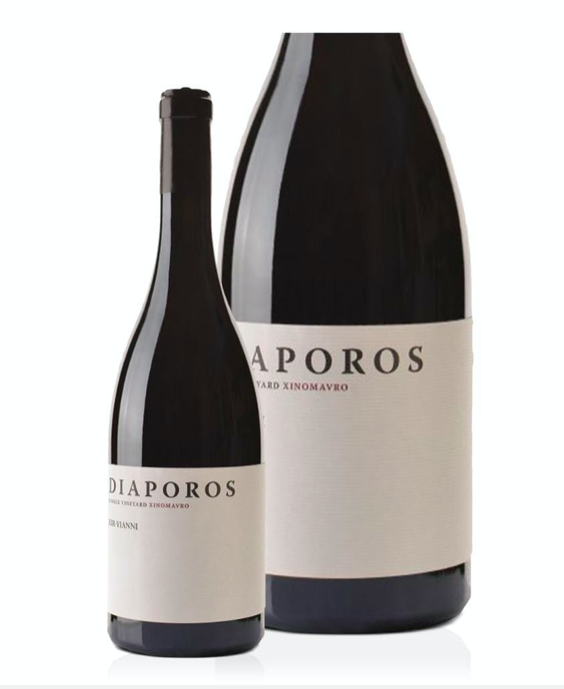
A beautiful blend of 87% Xinomavro and 13% Syrah makes a very nice lamb pairing, no matter how you have chosen to cook it. “Diaporos” of Kir Yianni Estate is a classic example of the Naousa region, which is known for reds dominated by Xinomavro. This medium-bodied wine reveals a bright red fruit bouquet alongside flinty minerality and chewy, gripping tannin structure reflecting a profile similar to Italy’s Nebbiolo-based wines. Syrah adds some spicy notes. It cuts through the fattiness of the lamb, and the result of the combination is impressive and slightly rustic, highlighting the best of both.
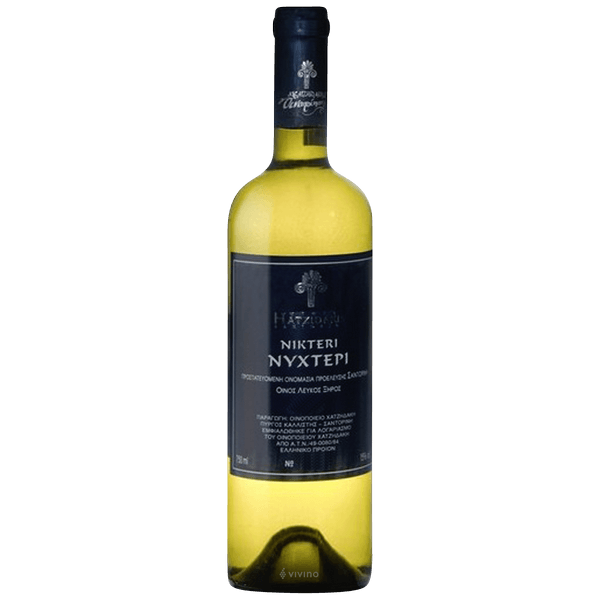
If there is a white wine that pairs beautifully with lamb, it’s Assyrtiko. Assyrtiko’s traditional place of origin is Santorini, but vilifications are found all over Greece. This white grape has searing acidity that cuts through the high-fat savor of lamb. It also has plenty of lemon flavors to match the lamb roast with lemon potatoes. A full-bodied Assyrtiko, like those aged in oak barrels, is the best choice. “Nykteri” from Hatzidakis winery is an oaky full-bodied, creamy version of Assyrtiko expressing more elements of lemon custard, fresh pineapple, crème brûlée, and some baking spice. A complex wine that will pair nicely with our roast lamb.
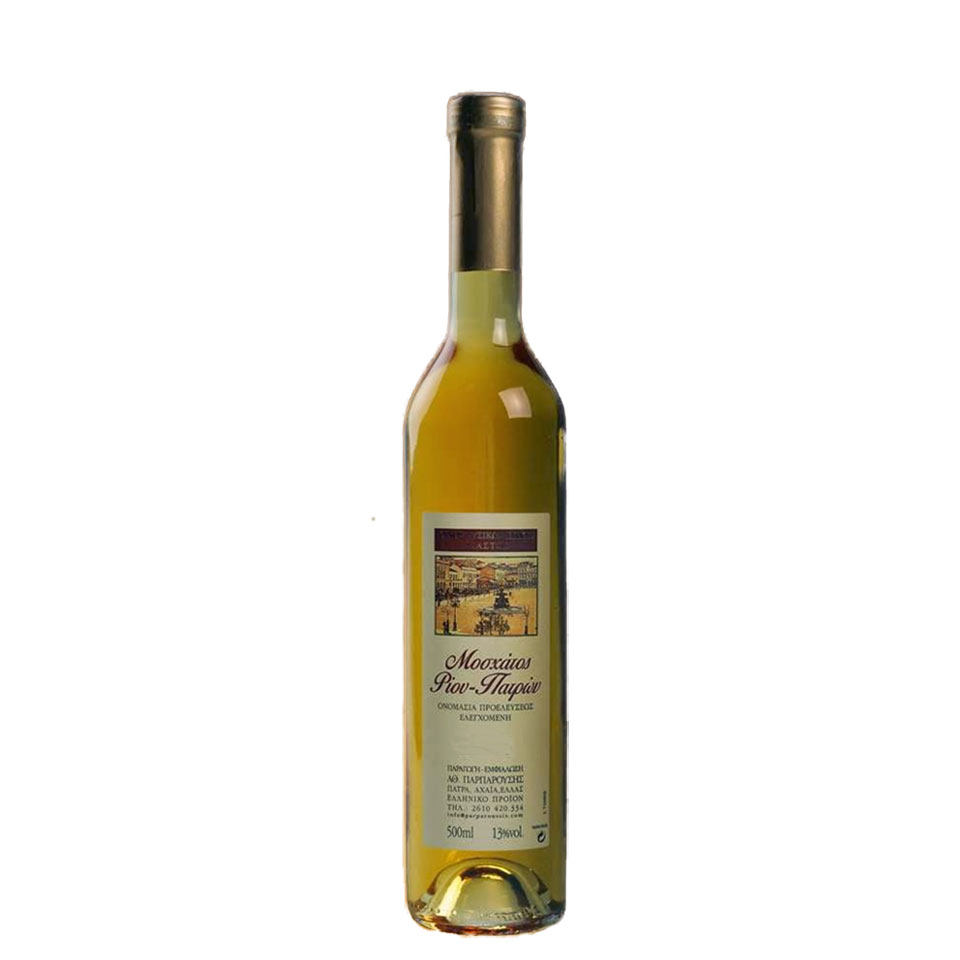
Although the Easter table includes intense dishes in terms of flavor and fat, there is always room on it for a variety of desserts, mainly syrupy ones. One of my favorite sweet Greek wines is the “Muscat of Rio Patras” of the Parparousis winery. It has aromas of apricot, bergamot, lime, orange peel, honey and elegant notes of lily and jasmine. Concentrated and complex, in the mouth, but without tiring as it has enough acidity that gives it balance and elegance. It will fit ideally with cheese platters but also with sweets that contain syrup or are based on pastry, cream and fruits.
I leave you with my best wishes for a HAPPY EASTER HOLIDAY.
For more wonderful wine explorations, follow George on Instagram @george.winestories


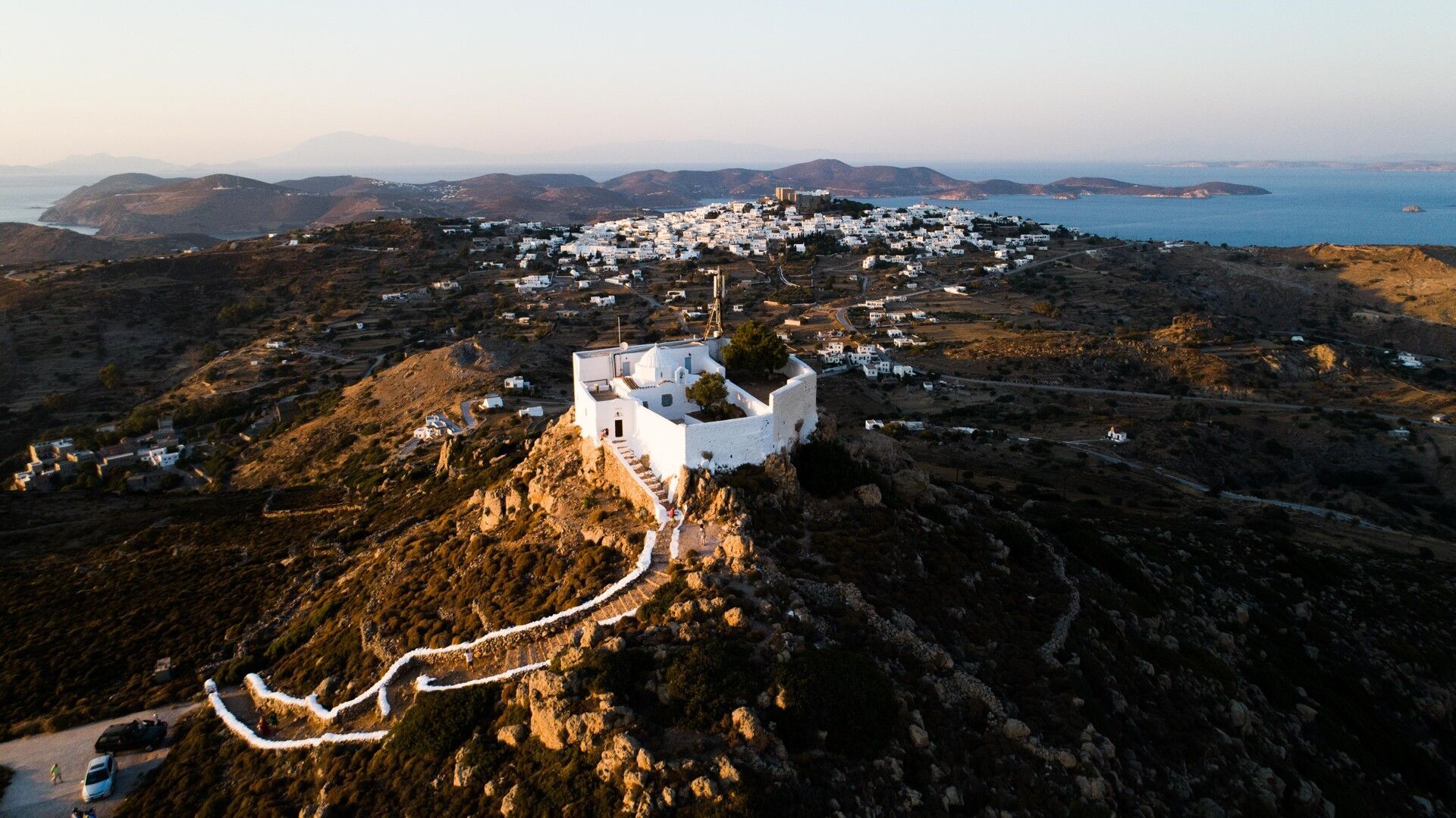
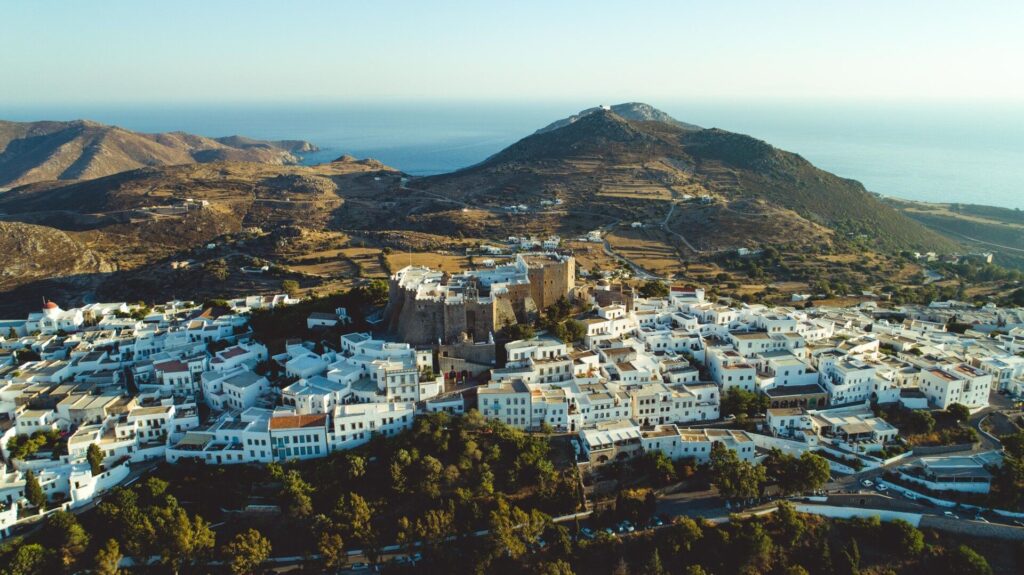
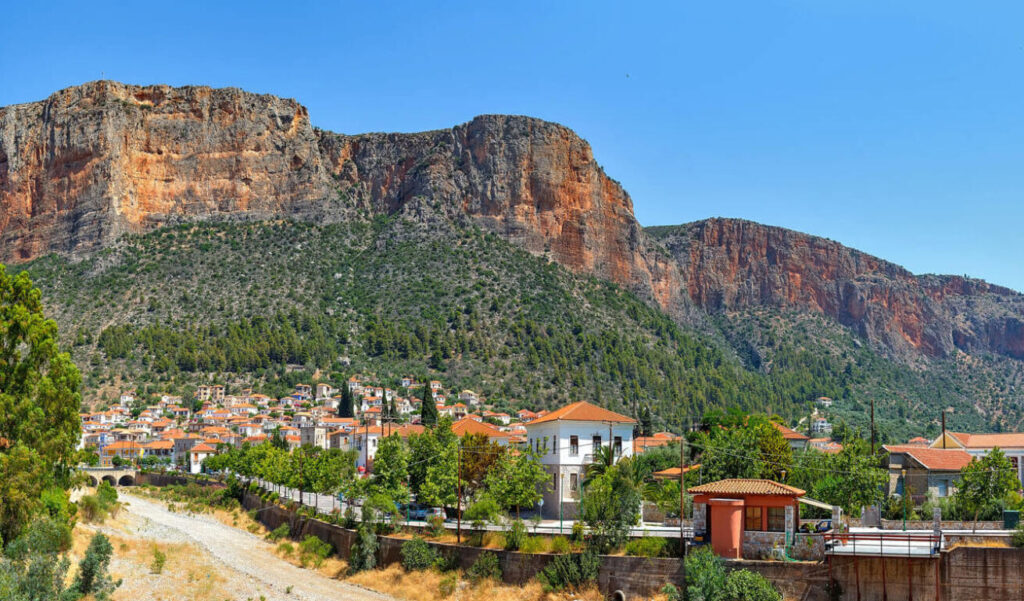
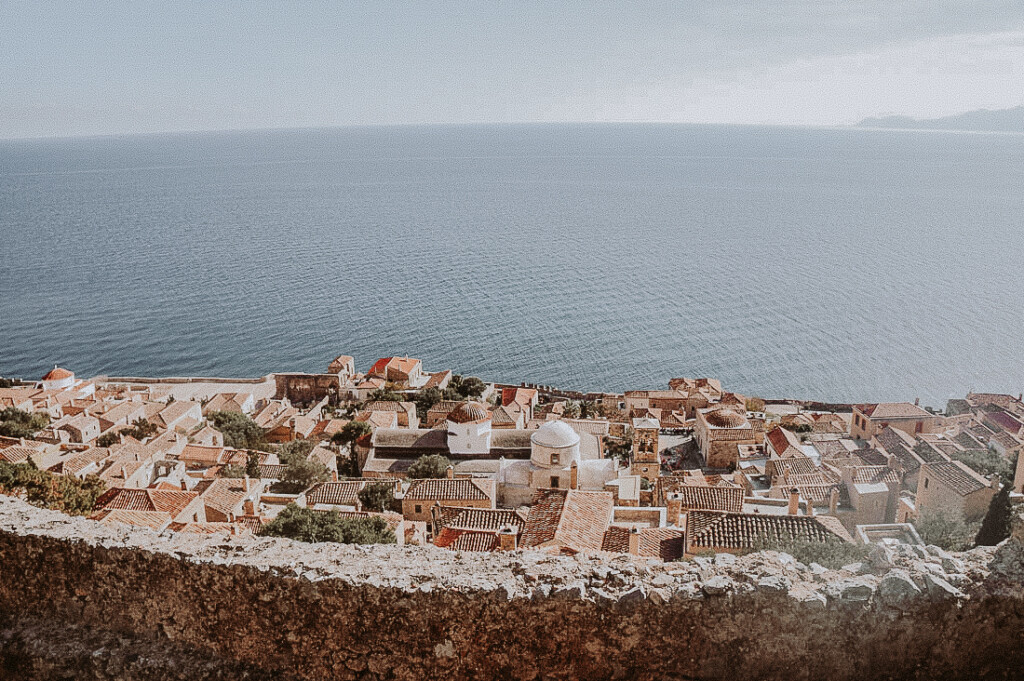
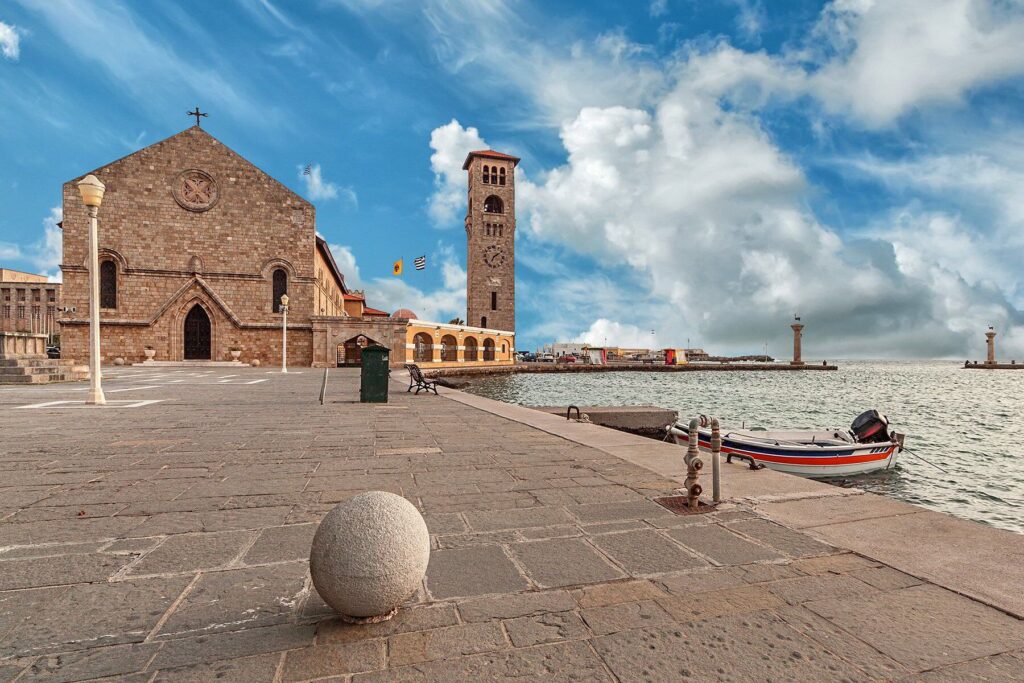
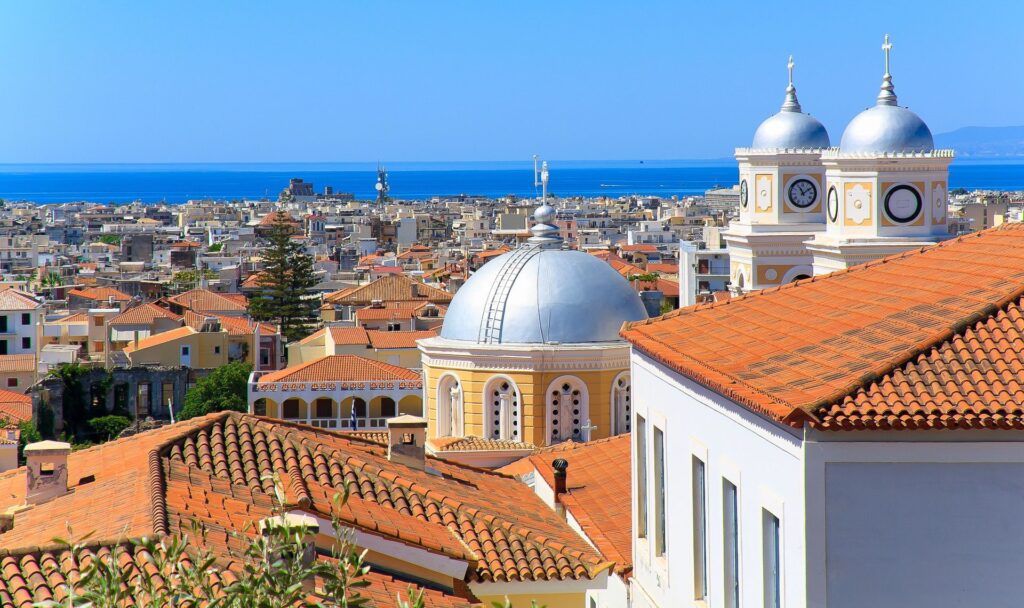
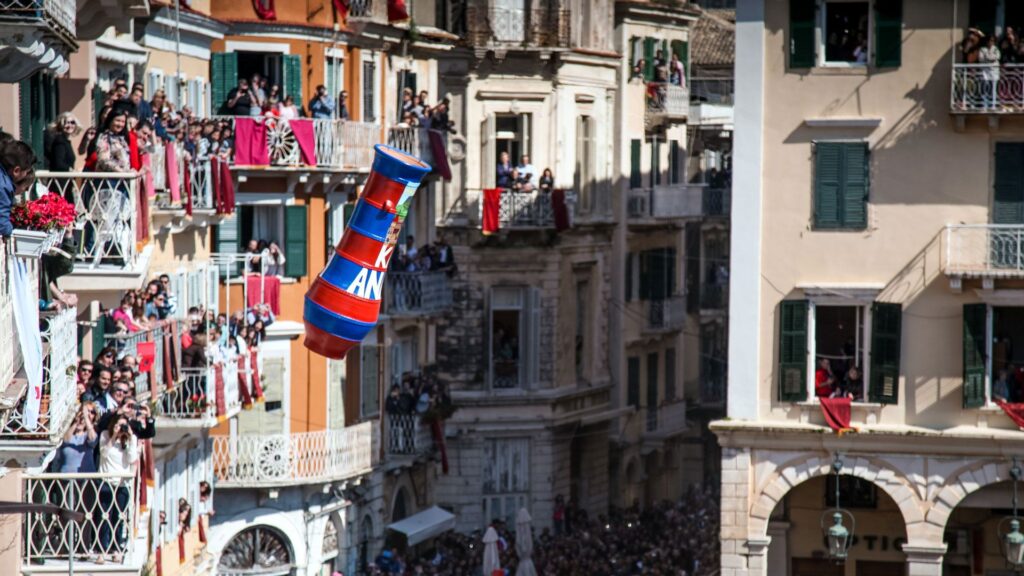
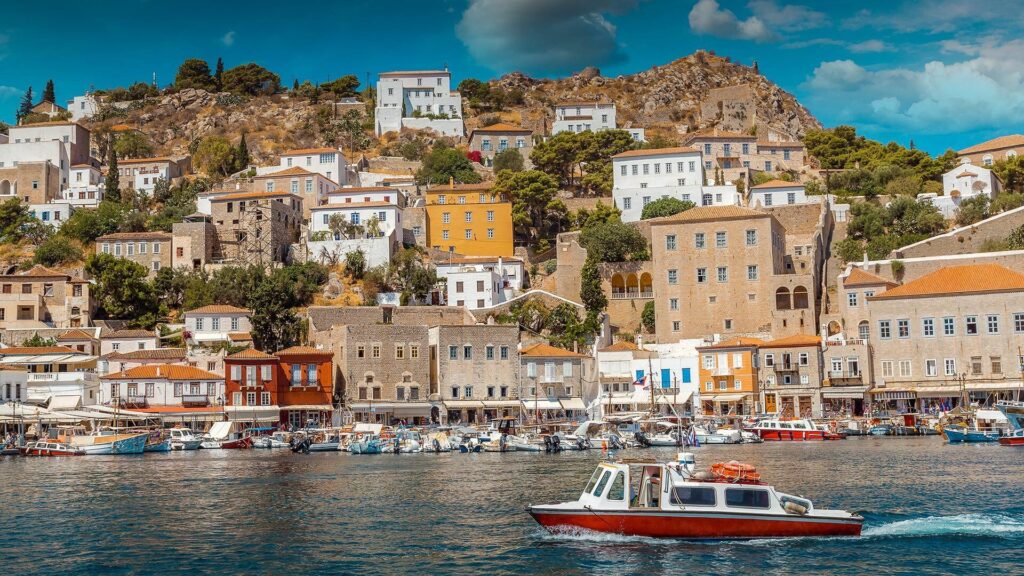
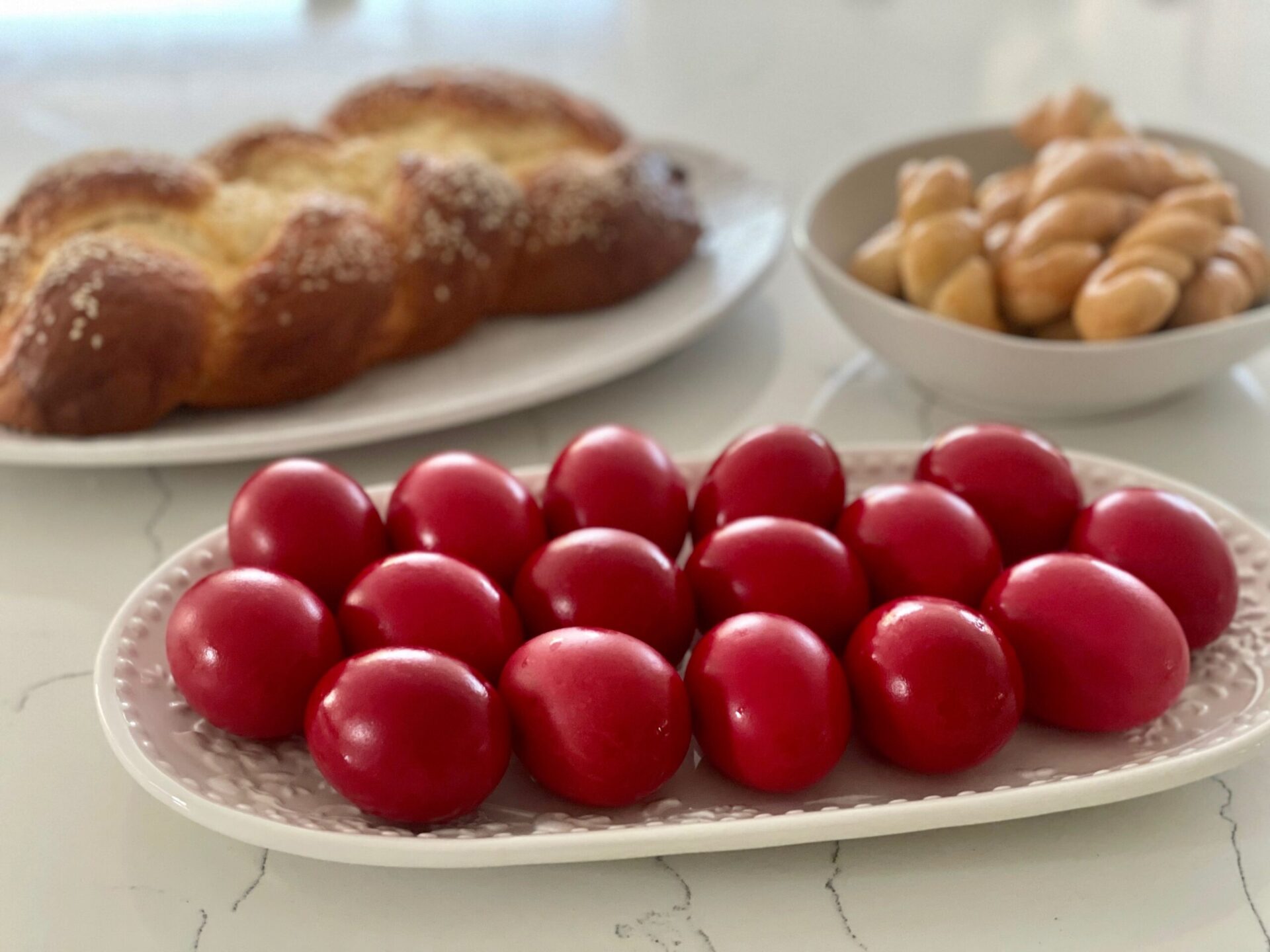
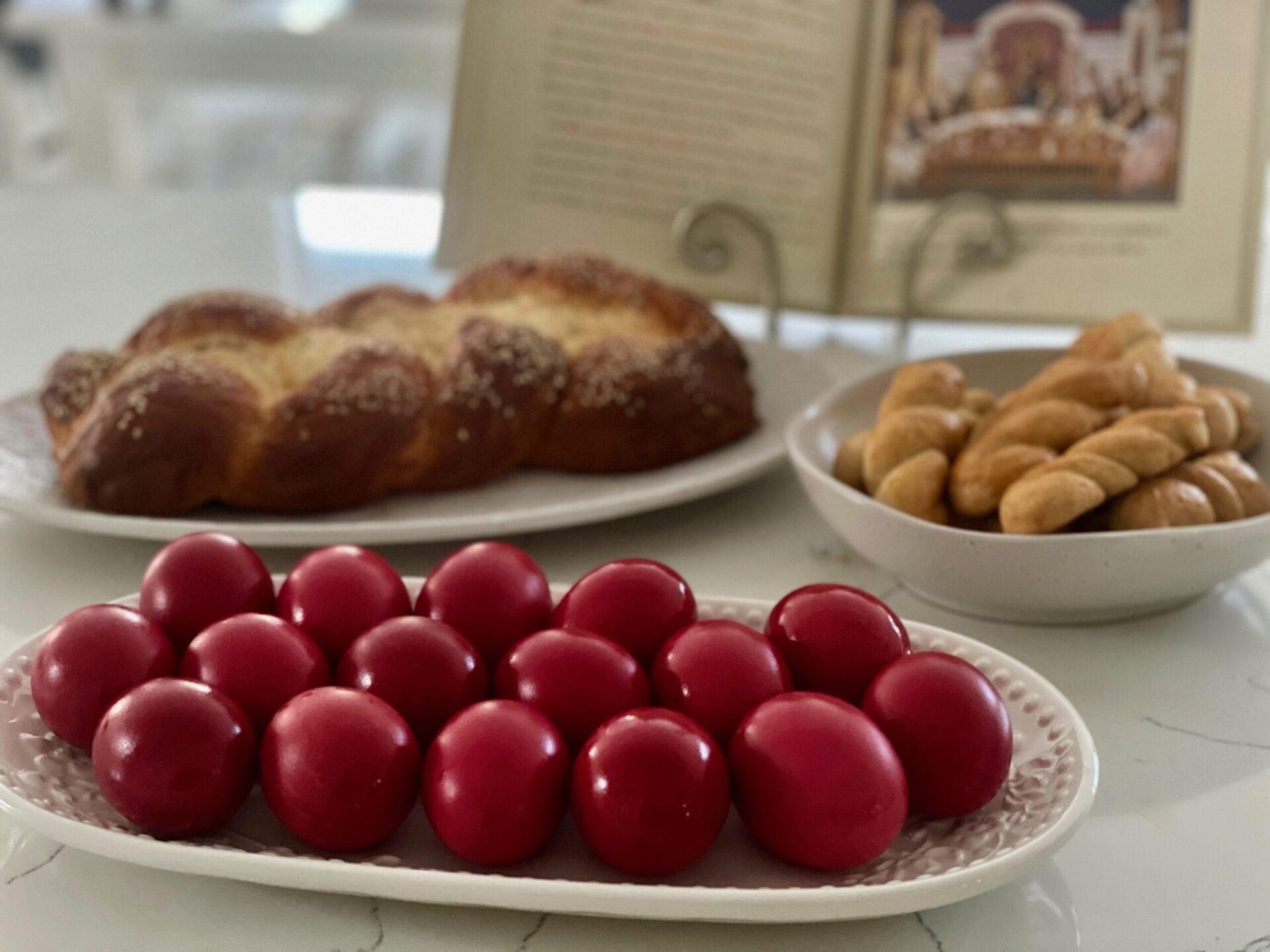 Ingredients
Ingredients 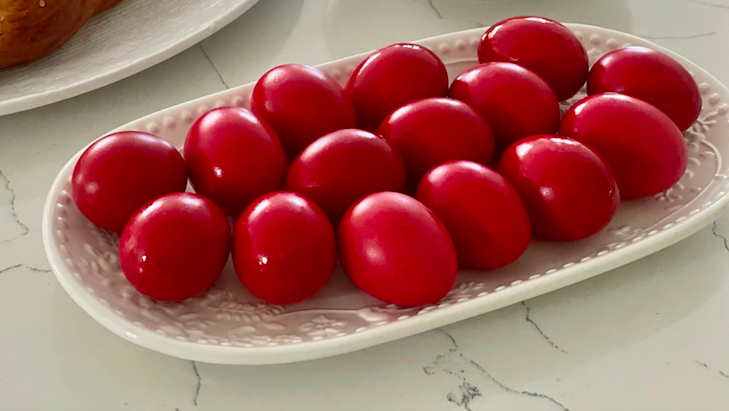 -Always wash eggs before boiling to ensure the shell is clean.
-Always wash eggs before boiling to ensure the shell is clean. 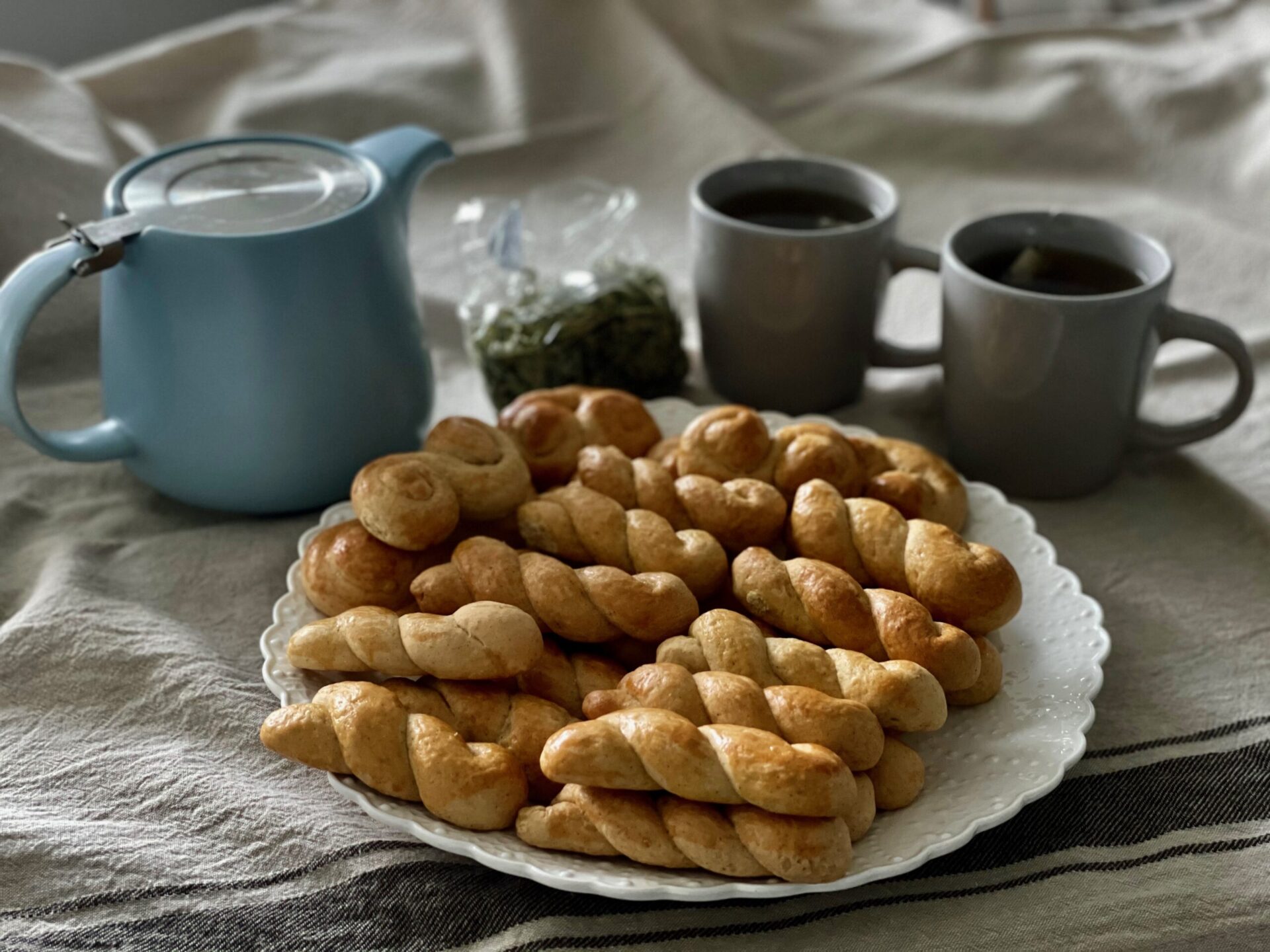
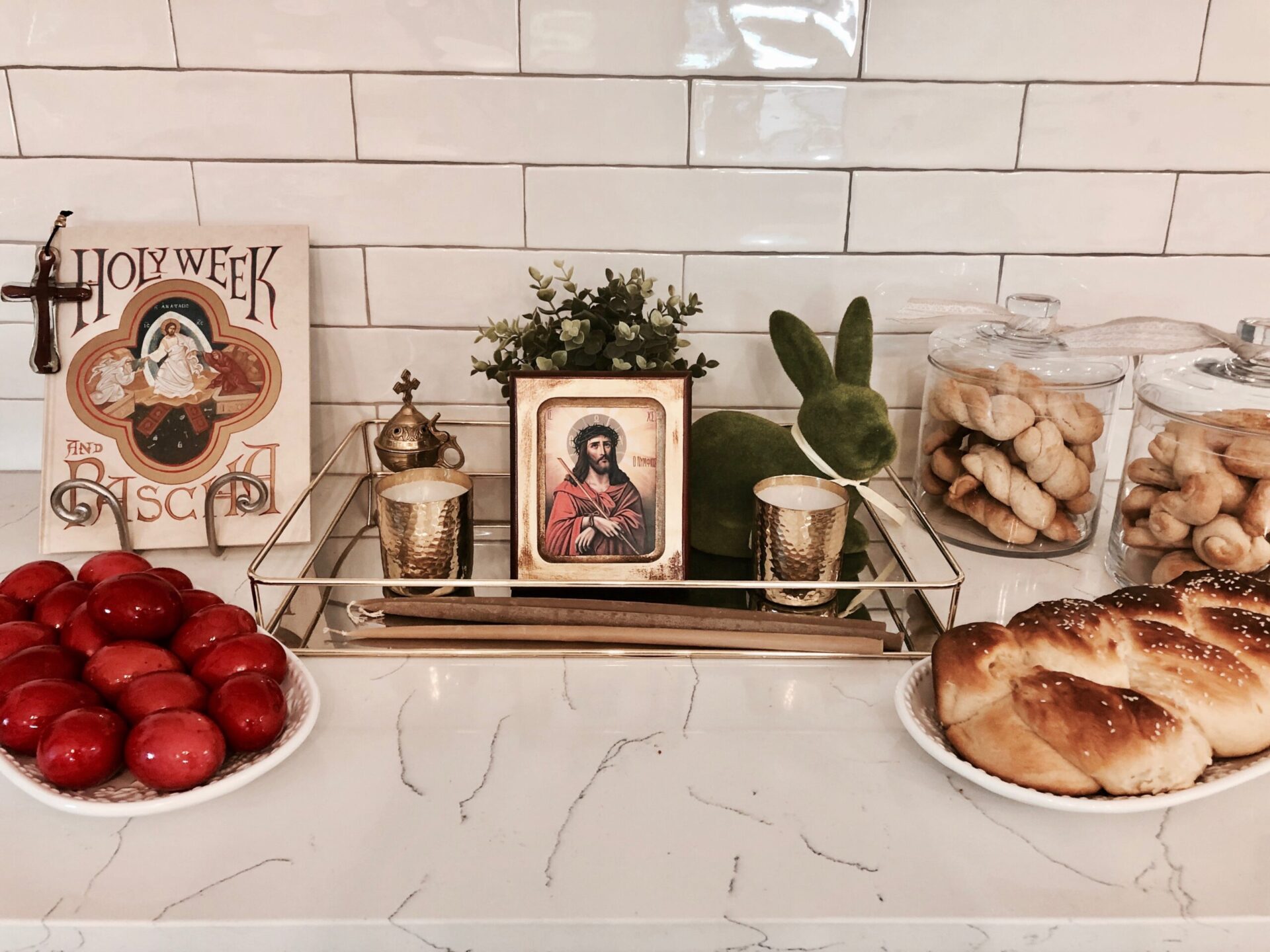
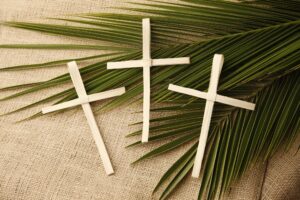
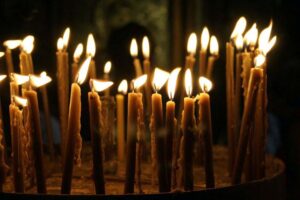
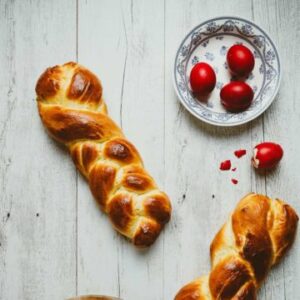
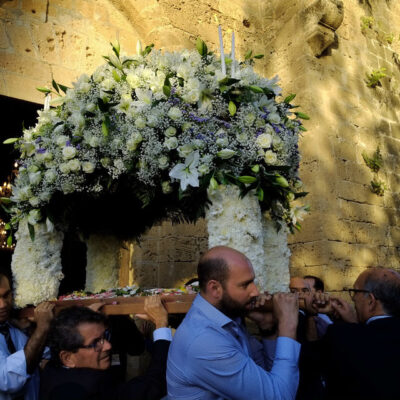 Good Friday
Good Friday 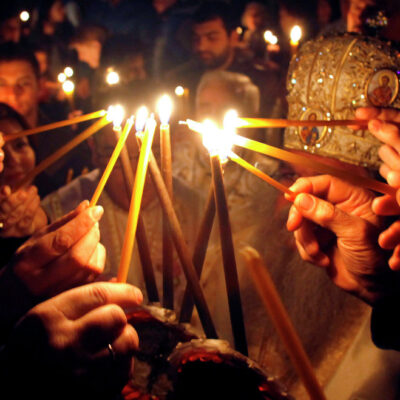
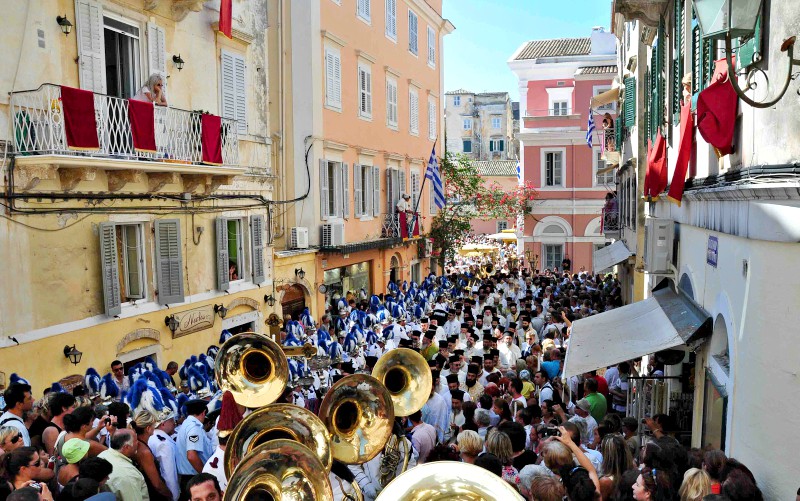 Easter Sunday
Easter Sunday